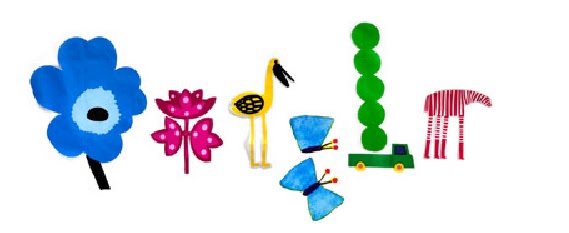The First Day of Spring (20-03-2012)
Spring is one of the four conventional temperate seasons, following winter and preceding summer. There are various technical definitions of spring, but local usage of the term varies according to local climate, cultures and customs. When it is spring in the Northern Hemisphere, it will be autumn in the Southern Hemisphere and vice versa. At the spring equinox, days are approximately 12 hours long with day length increasing as the season progresses. Spring and "springtime" refer to the season, and also to ideas of rebirth, rejuvenation, renewal, resurrection and regrowth. Subtropical and tropical areas have climates better described in terms of other seasons, e.g. dry or wet, monsoonal or cyclonic. Often, cultures have locally defined names for seasons which have little equivalence to the terms originating in Europe. Spring is the time when many plants begin to grow and flower. In some cultures in the Northern Hemisphere (e.g. Germany), the astronomical Vernal equinox (varying between 19 and 21 March) is taken to mark the first day of spring, and the Summer solstice (around 21 June) is taken as the first day of summer. In Persian culture the first day of spring is the first day of the first month (called Farvardin) which begins on 20 or 21 March. In other traditions, the equinox is taken as mid-spring.

Comments
Post a Comment